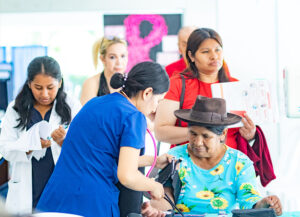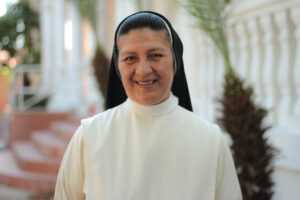A pacemaker to ensure the healthy functioning of Mrs. Elizabeth’s heart.
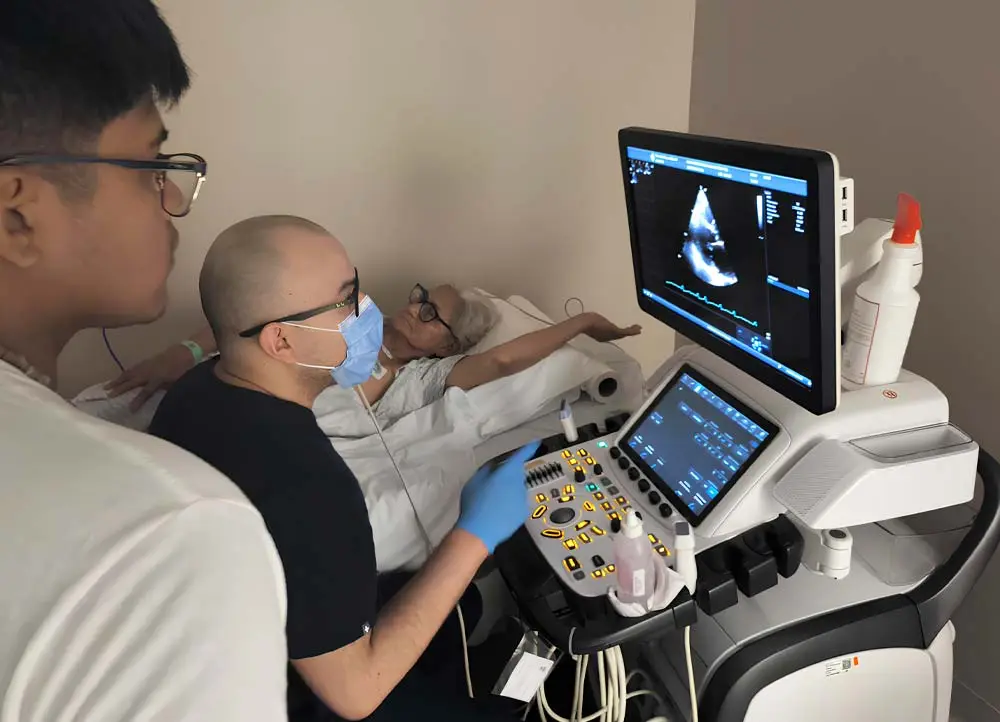
28 March, 2025
Mrs. Elizabeth Peñaranda Velásquez traveled from Muyupampa to Santa Cruz de la Sierra, filled with hope for improving her heart’s health. Her son, Heriberto, learned about a campaign offering pacemakers to people in need—those, like his mother, who could not afford a device to regulate their heart rhythm—through a public health doctor in Sucre.
Having recently undergone spinal surgery, she patiently waited her turn at Clínica de las Américas, where doctors from Project Pacer International evaluated her. This team of nine professionals from various nationalities is part of Corazón sin Fronteras (Heart Without Borders), a project led by the Fundación Nacional Vida Segura and Gabriel René Moreno University.
She was precise when speaking to the medical team about the ailments she had suffered for five years. She was diagnosed with Chagas disease when undergoing a gallbladder check-up. “I felt chest pain, palpitations, dizziness, and extreme fatigue,” she explained. Two of her six children accompanied her, jokingly saying she was always unwell, sharing a laugh together.
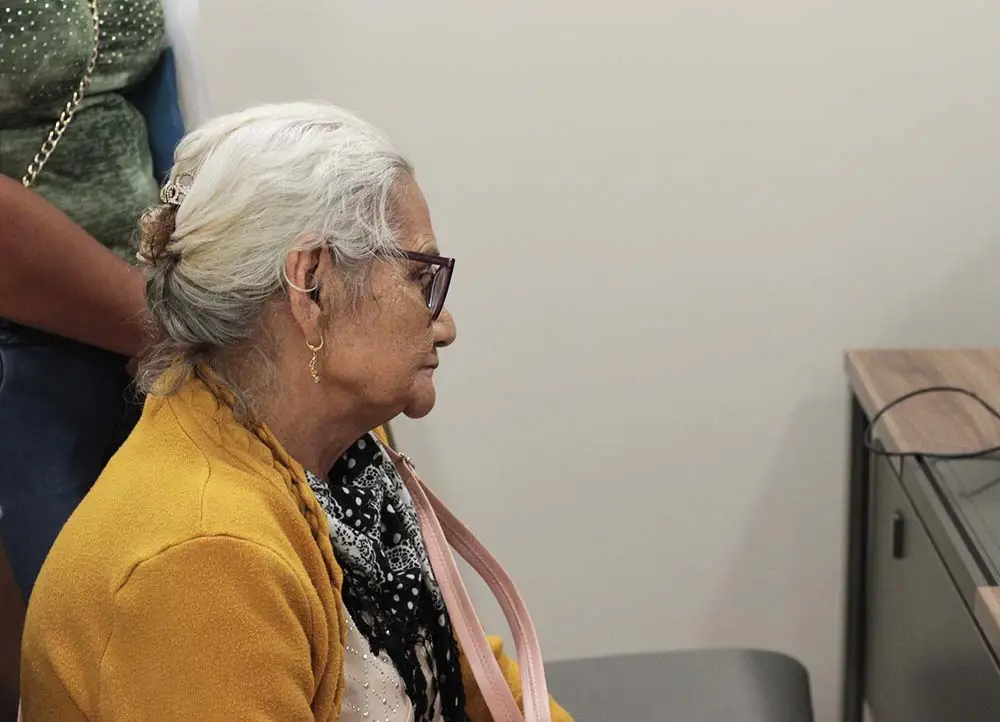
Mrs. Elizabeth is 68 years old and a widow. Until the fall that injured her spine, she worked as a farmer at her home, three hours by car from Muyupampa, in the Chaco region of Chuquisaca. For a year, she was unable to care for herself, relying on her children, who took turns tending to her while living in different parts of the country.
While staying in Santa Cruz de la Sierra with her daughter Neida, her heart condition worsened, requiring further medical attention. A doctor ordered tests, which led to an urgent recommendation for a pacemaker. Purchasing one was unimaginable for the family. Though her children had always pooled resources for her needs, acquiring such a device was beyond their means.
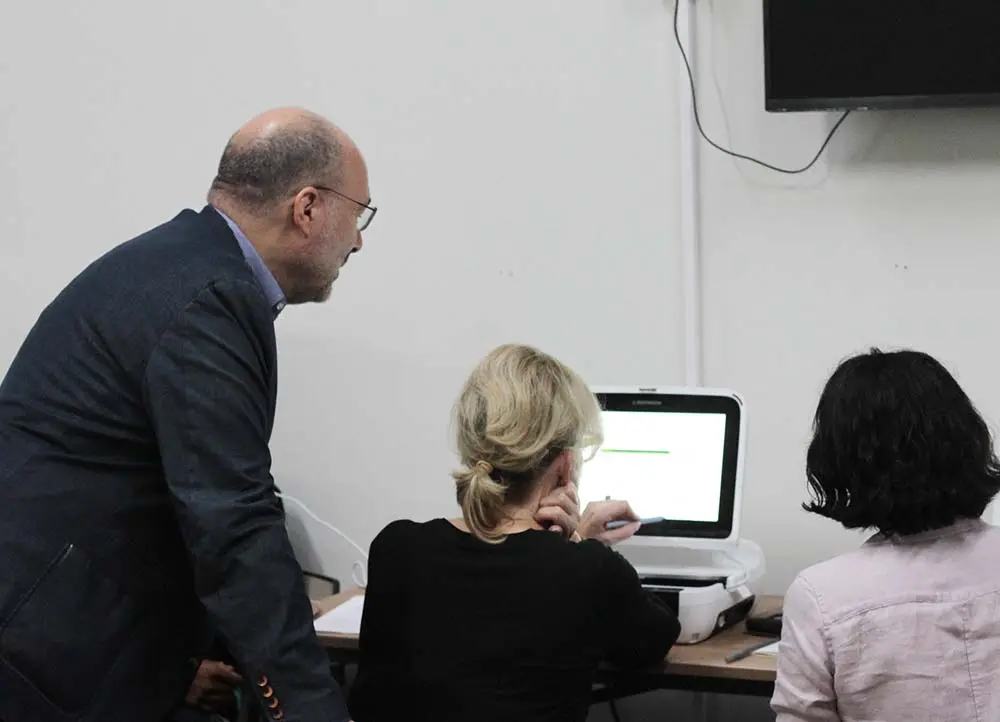
Then came the news from Sucre—hope awaited in Santa Cruz de la Sierra. She arrived early on the first day of the campaign, walking slowly but determined. By midday, she left the clinic, encouraged by doctors and medical students who guided her through the process. Her heart would now have the support it needed to beat properly. She underwent surgery the following day.
